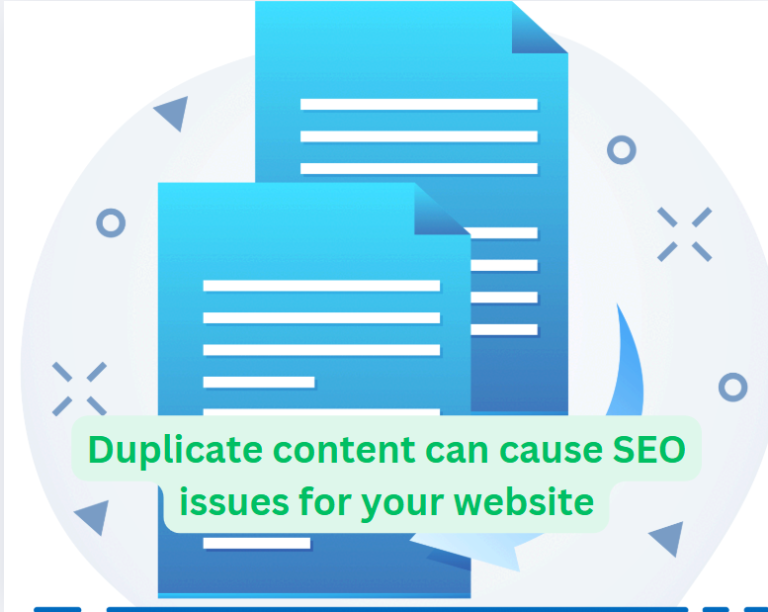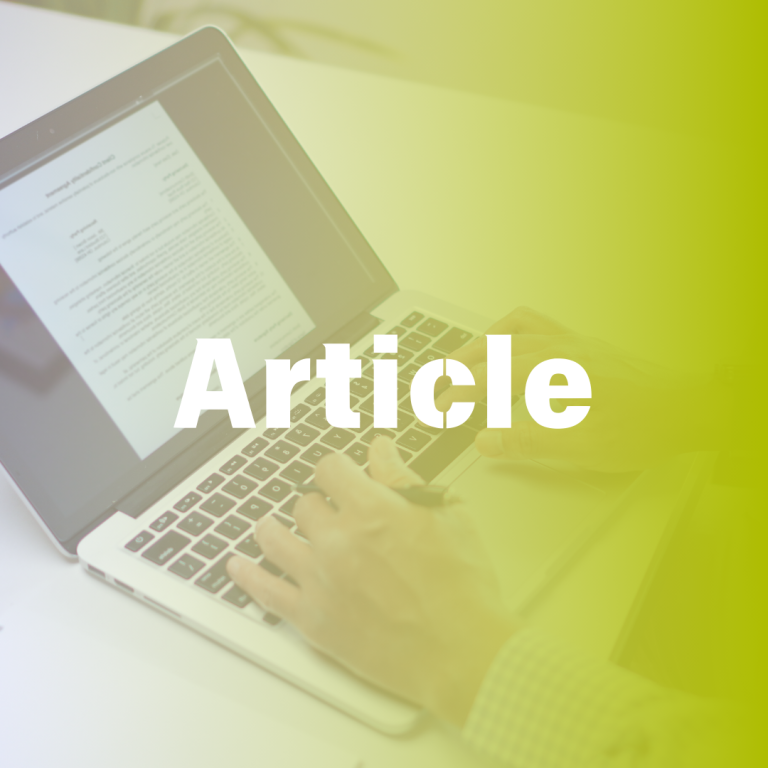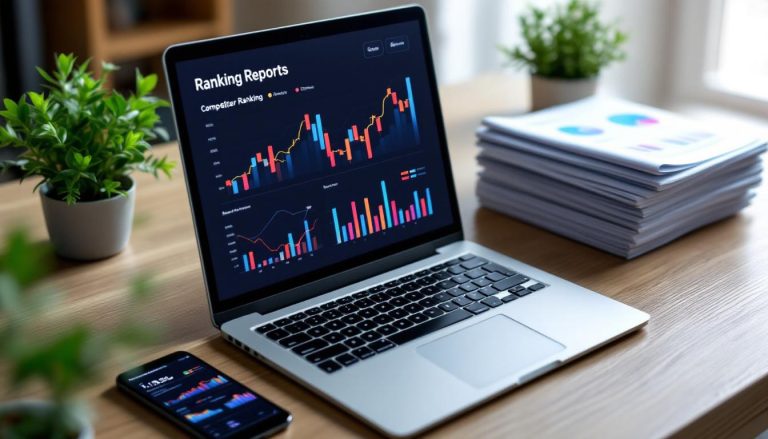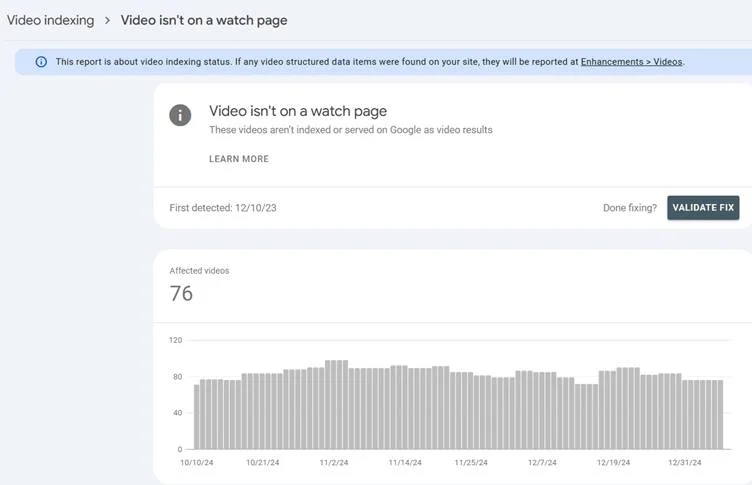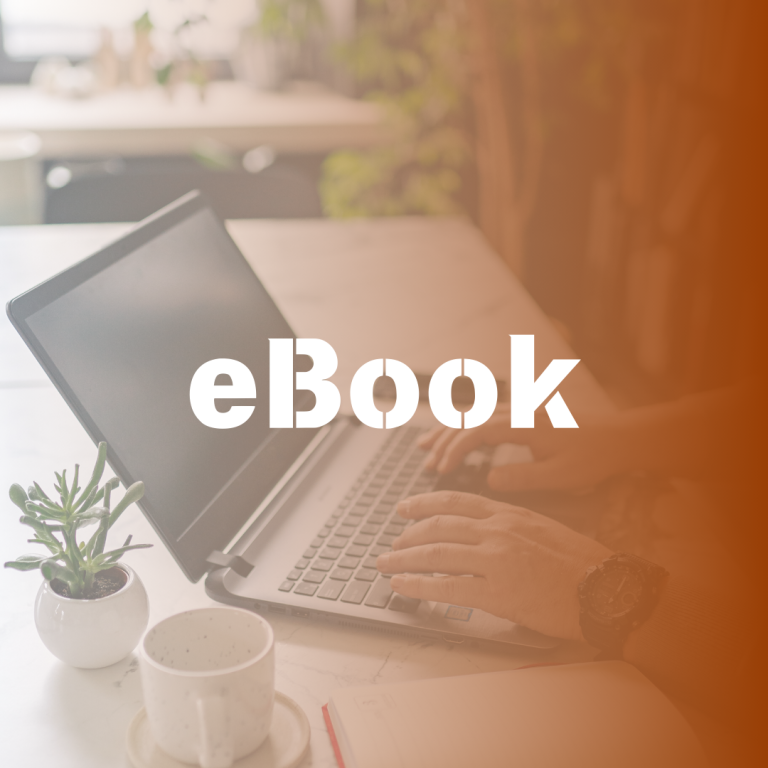When implemented strategically, internal linking can significantly enhance user experience, improve SEO rankings, and maximise your website’s overall effectiveness.
Try this free internal link checker:

For small businesses aiming to succeed online, a well-structured website is essential. While much attention is often given to external factors like backlinks and social media, internal link optimisation is equally important but often overlooked. Internal links are the hyperlinks within your website that connect one page to another, guiding both users and search engine crawlers. When implemented strategically, internal linking can significantly enhance user experience, improve SEO rankings, and maximise your website’s overall effectiveness.
What are Internal Links?
Internal links are links that direct users from one page on your website to another. These links are not only essential for navigating between pages but also play a crucial role in helping search engines understand the structure and hierarchy of your site.
For instance, linking from your homepage to specific service pages or from a blog post to a related article allows users to find relevant information easily. At the same time, search engines use these links to crawl and index your content, determining the importance of different pages on your site.
Why Internal Link Optimisation Matters for Small Businesses
- Improved User Experience
A well-structured internal link system enhances the user experience by making it easier for visitors to navigate through your website. When users can easily find relevant information, they are more likely to stay longer on your site, engage with more content, and ultimately convert into paying customers. For small businesses, where every visitor matters, providing a seamless journey from one page to another is vital.For example, a user landing on your homepage might be interested in learning about your services. If there are clear, visible internal links to your service pages, they can easily click through and explore your offerings, reducing the chance of them leaving your site prematurely. - Boosting SEO Rankings
Internal links are a key component of on-page SEO. They help search engines like Google discover, crawl, and index your pages, which in turn improves your website’s visibility in search results. When you strategically link important pages within your site, you can guide search engines towards high-value content, signalling its importance and increasing the likelihood of it ranking higher in search results.Additionally, internal links help distribute link equity (also known as “link juice”) across your website. If certain pages on your site have external links pointing to them, internal links can pass some of that SEO value to other pages, helping improve their rankings. For small businesses with limited external backlinks, optimising internal links is a simple yet effective way to strengthen overall SEO. - Supporting Content Strategy and Engagement
Small businesses often rely on content marketing, such as blogs, to attract and engage customers. Internal linking can support your content strategy by directing users to related articles, product pages, or services that complement what they are reading. This keeps users engaged and encourages them to explore more of your website.For instance, if you run a bakery and have a blog post about the benefits of organic ingredients, an internal link to a page showcasing your organic product range can entice users to learn more or make a purchase. This approach not only keeps visitors on your site longer but also increases the chances of conversion. - Creating a Clear Website Hierarchy
For both users and search engines, a clear website hierarchy is essential. Internal links help define the relationships between pages, allowing search engines to understand which pages are the most important. This hierarchy also helps ensure that users can easily access your most valuable content.Small businesses can use internal links to highlight their core offerings by linking key service or product pages from their homepage, menu, or blog posts. This guides users and search engines to prioritised areas of your website, such as your primary sales pages or flagship products. - Reducing Bounce Rate
A high bounce rate can negatively affect both user experience and SEO rankings. Internal links help lower the bounce rate by encouraging users to explore additional content rather than leaving the site after viewing a single page. The more pages a visitor interacts with, the better the overall user engagement, signalling to search engines that your website is valuable and worth ranking higher in results.
Best Practices for Internal Link Optimisation
- Use Descriptive Anchor Text
Anchor text is the clickable text that forms a hyperlink. Using descriptive and relevant anchor text helps both users and search engines understand what the linked page is about. Avoid generic phrases like “click here” or “read more.” Instead, opt for anchor text that reflects the content of the page it links to. For example, “learn more about our solar lighting solutions” is more informative than simply “learn more.” - Link to Important Pages Frequently
Identify the most important pages on your website, such as key product pages or services, and ensure they are linked to frequently across the site. These could be linked from your homepage, main menu, or within related blog posts. Frequent linking signals to search engines that these pages are valuable, boosting their visibility and ranking potential. - Ensure Natural and Relevant Linking
While internal links are essential, they should be used naturally within the content. Avoid overloading your pages with links, as this can come across as spammy and reduce the user experience. The links you add should be relevant to the content and provide value to the reader. For example, a link from an article on dog training tips to your page about training classes is highly relevant and useful. - Fix Broken Links
Broken links can harm both user experience and SEO. Regularly check your website for broken internal links and fix them promptly. Broken links not only frustrate visitors but can also lead to poor crawling and indexing by search engines, which could negatively impact your rankings. - Use a Clear Hierarchical Structure
Your internal linking structure should reflect a clear hierarchy, with important pages like your homepage and category pages linking down to more specific pages like product or service pages. A well-organised structure helps search engines understand your site and ensures that users can find what they’re looking for with ease. - Balance Link Distribution
While it’s important to link frequently to key pages, don’t neglect other parts of your website. Ensure that internal links are distributed across various pages to ensure comprehensive site navigation and SEO benefits. Small businesses can create an internal linking strategy where all pages receive some level of attention, ensuring that less visited pages are still accessible.
Conclusion
For small businesses, optimising internal links and link structure is a simple yet powerful way to improve SEO, boost user engagement, and enhance overall website performance. By creating a clear, strategic internal linking system, small business owners can guide visitors through their site, increase the discoverability of key content, and build a solid foundation for long-term growth. When done correctly, internal link optimisation can deliver significant returns, helping small businesses compete more effectively in the digital marketplace.
How useful was this Resource?
Click on a star to rate it!
Average rating 0 / 5. Vote count: 0
No votes so far! Be the first to rate this post.
We are sorry that this post was not useful for you!
Let us improve this Resource!
Tell us how we can improve this Resource?

